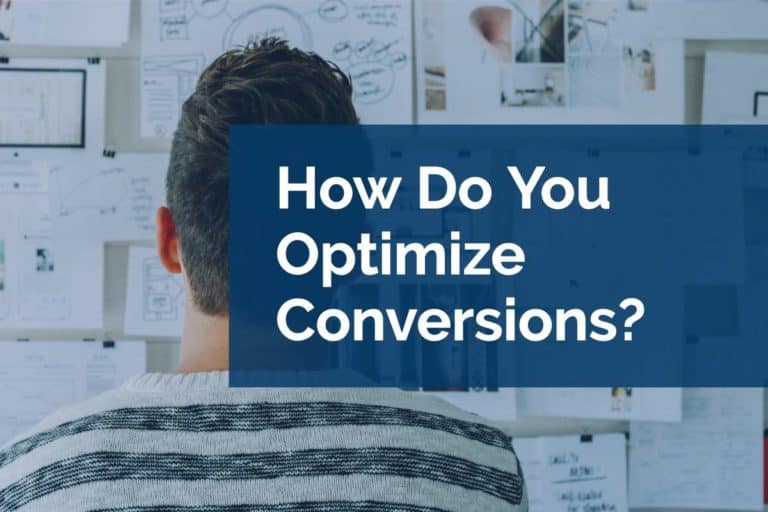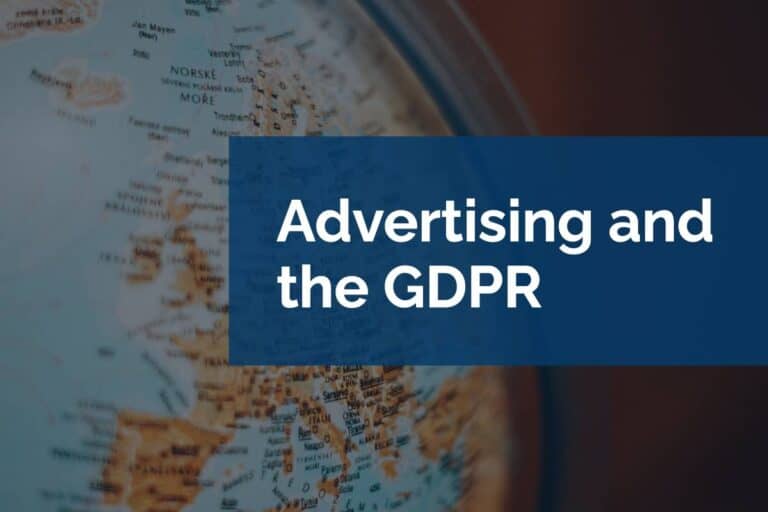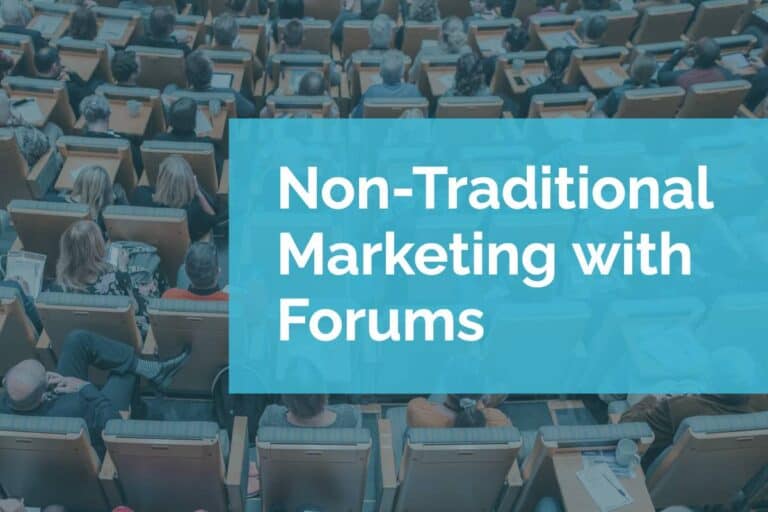Building a Workflow That Works
One of the first things we communicate with a new client is what the workflow for their project is going to look like. We’ve even written a document that breaks down the general flow of a project and what they can expect from us and what we expect from them. We treat this as a living document. If we come up with a better way of communicating this information, we adapt the document to reflect that change. Our goal is to create a document that helps our clients understand our approach and expectations for the project. This documentation in turn helps us to refine our processes.
The Basic Workflow
One benefit is that we’ve now outlined our basic workflow. We flow from a kickoff meeting into the project. If there is a design phase for the project we’ll have a design meeting, then we’ll move into wireframes. We’ll proceed into mockups once wireframes are approved, and then finally into the front end development. Depending on the project, backend development may begin very early or it may come in along with the front end development for the site. Finally, we’ll move into the testing and refining period of the project. There is nothing out of the norm with our approach but by having it spelled out in detail, clients feel more comfortable knowing what to expect from the feedback cycle.
Expectations
Beyond conveying the basic flow of the project, we are able to convey our expectations to the client. Simple things like communicating our normal hours of operation go a long way to empowering the client. Conveying more complex issues such as content creation and content entry being the responsibility of the client is also addressed. Practices that are industry standards may seem obvious to us, but may not be obvious to our clients. We don’t want our clients to have any surprises along the way.
Evolution
The most important aspect of the workflow document is that it evolves over time. If we have a new service addition, it gets added to the document. When we change our hours of operation, they get updated. Where a specific process isn’t functioning, we can review the process and make changes to it in an attempt to improve the interaction. We believe strongly in collaborating with our clients and want to make sure that we have a tool for transparently communicating the details of the partnership. So far it’s been very successful for us and reduced confusion.
We’ve even adapted the idea to other processes in our organization. Even if we’re not sharing these with people outside of our organization, having good documentation makes discussion and refinement easy. If you need help defining your workflow we’re happy to consult with you about how to get started.





